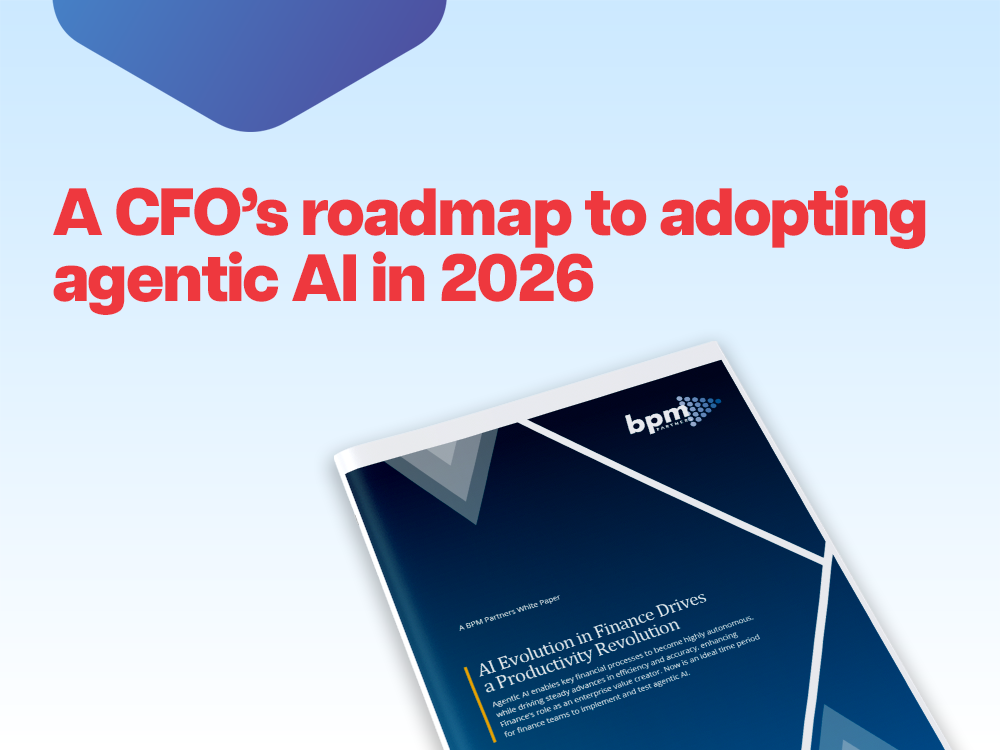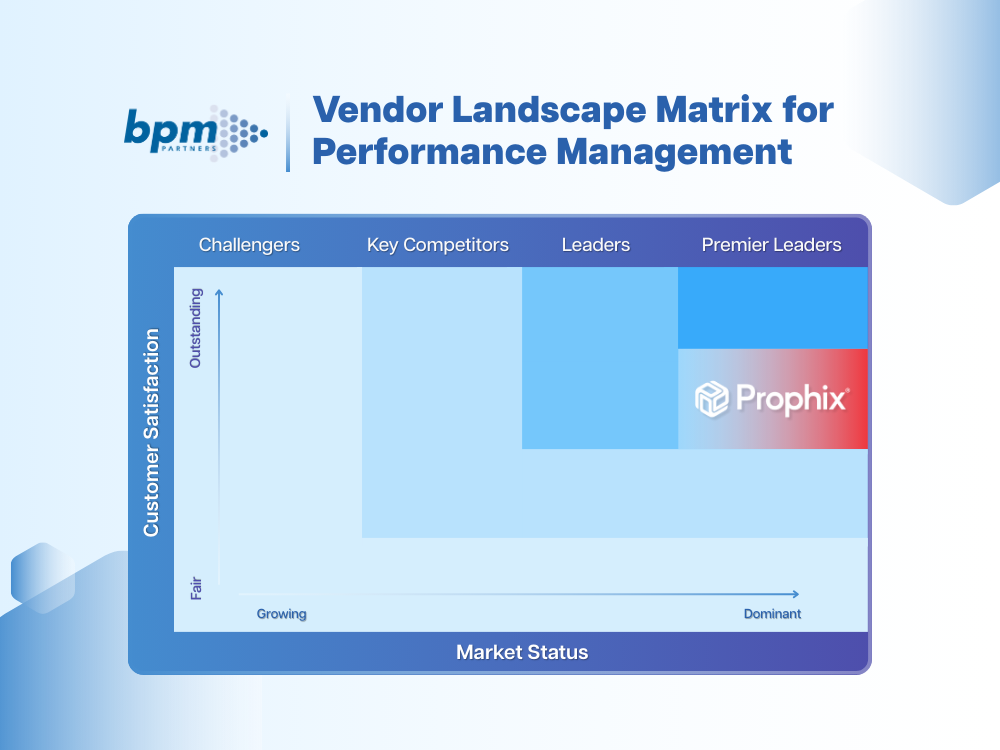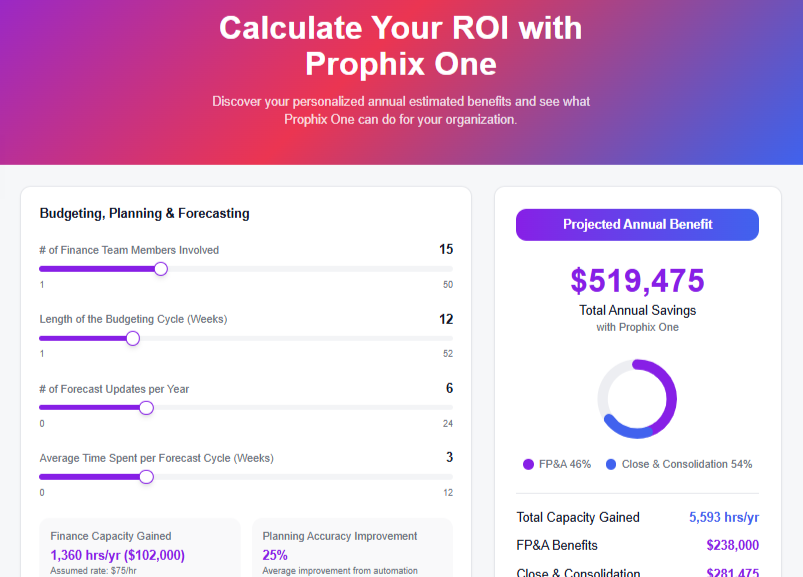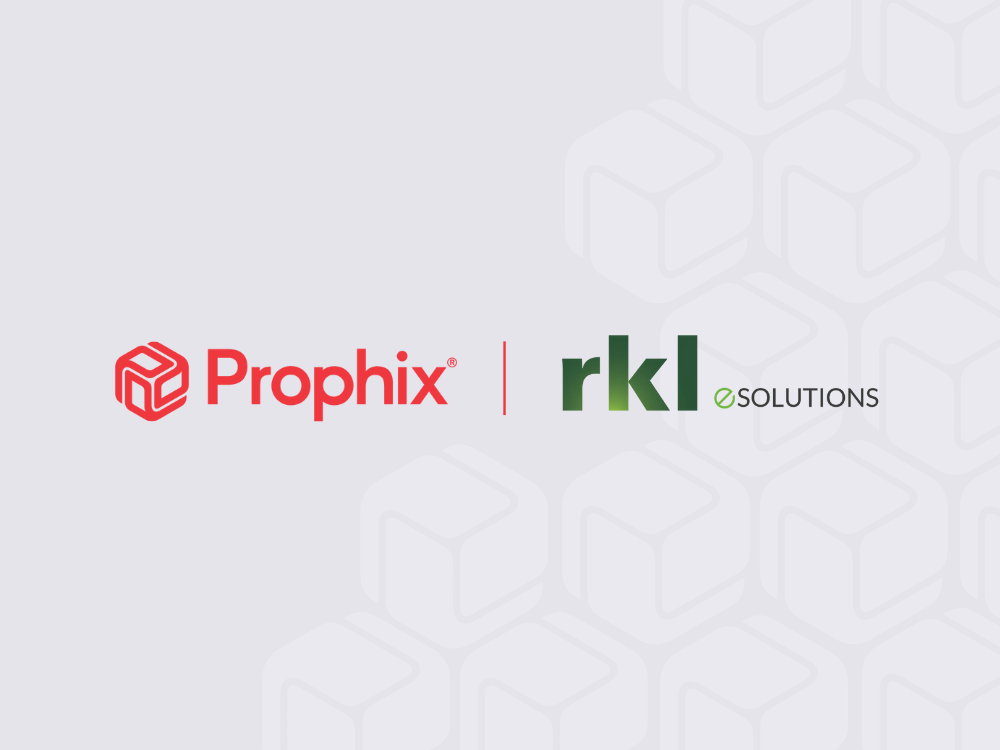Download the BPM Partners Whitepaper
Insights on FP&A, AI & Finance Transformation | Prophix Blog
Prophix One Agents: The first step in autonomous finance
Prophix One Agents—your first step toward Autonomous Finance and a legacy of clarity, capacity, and confidence.
Read our storyInsights for next-gen finance leaders
Stay ahead with actionable finance strategies, tips, news, and trends.





